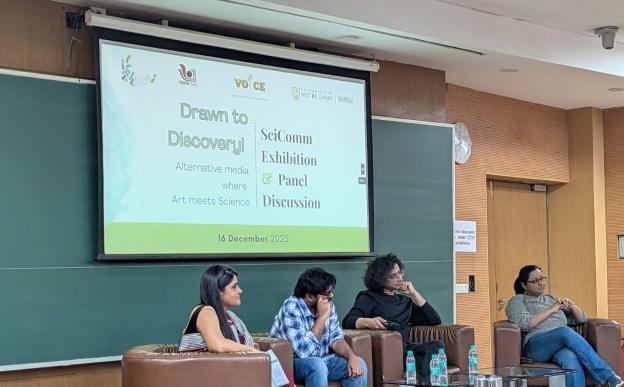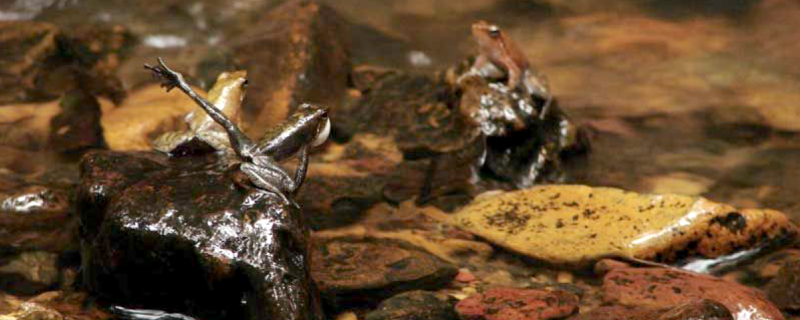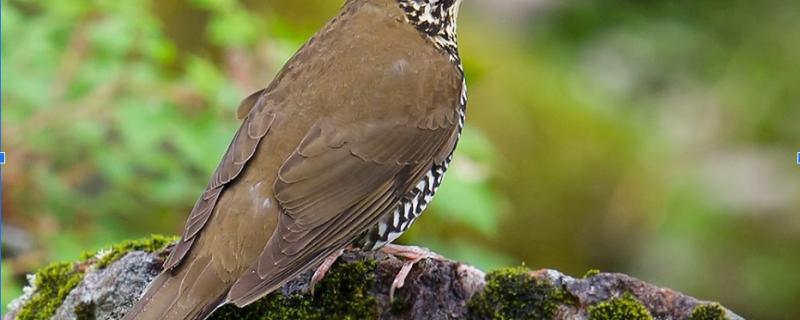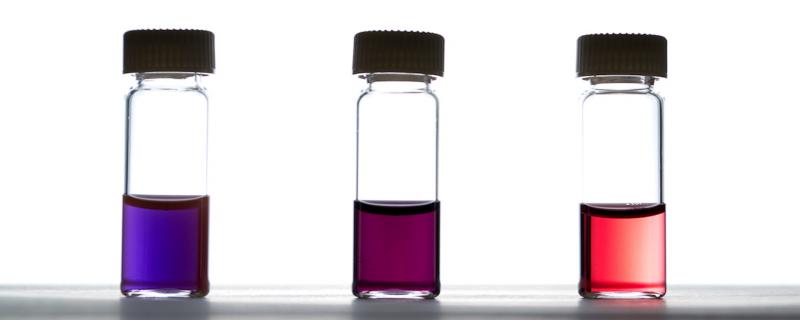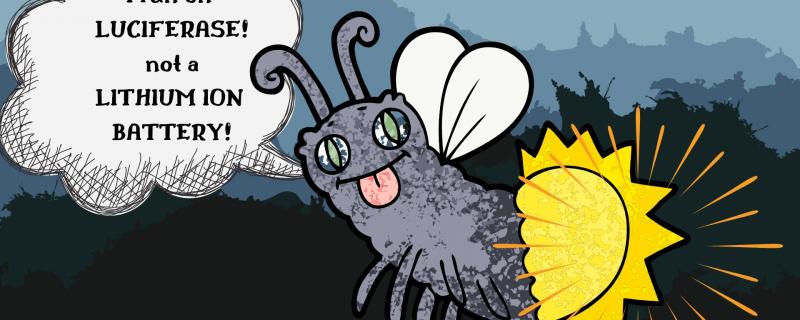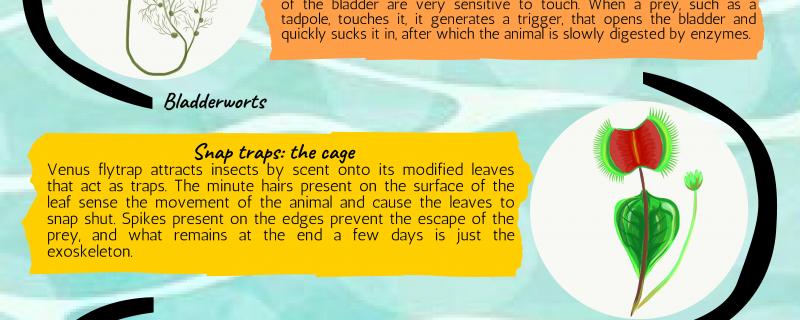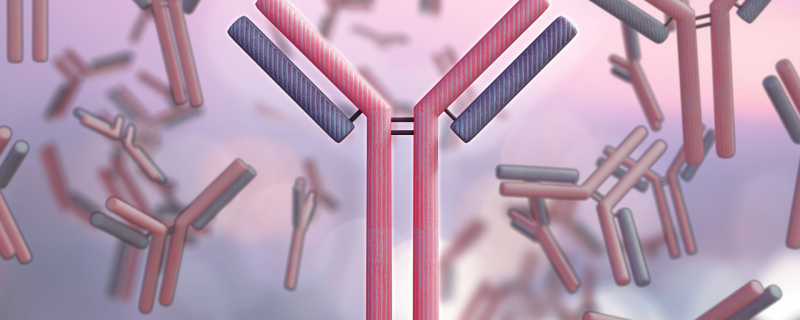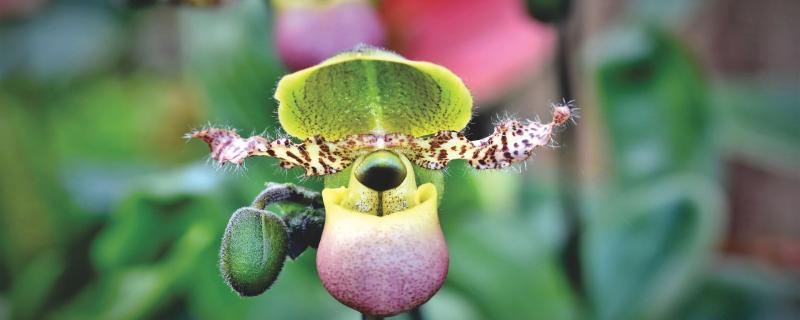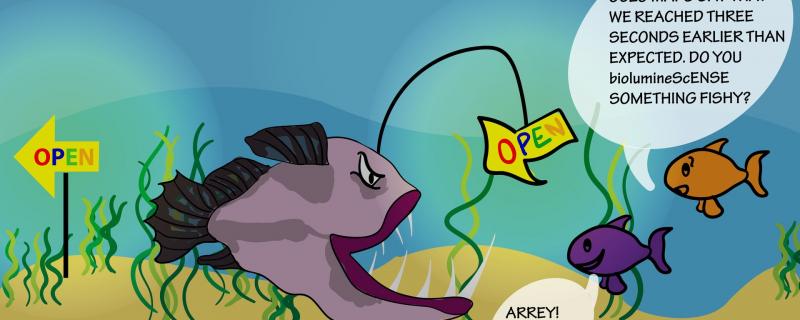Image Credits: KV Gururaja
In the animal world, finding a mate, protecting territory and fending off competitors who vie for love are defining moments. Only those adept at the needed skills for these ‘do-or-die’ circumstances survive, reproduce and thrive. A few animals go the extra mile—sing a romantic song, flash their colours to scare competitors and also woo their mate, some chirp high loud to stand out in the crowd and some, like the dancing frogs, shake a leg!
